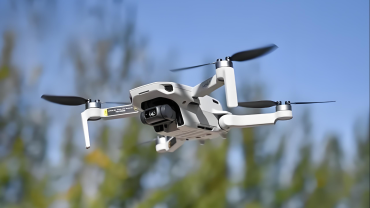Martial Arts Charm: Unveiling the Mystique of Chinese Kung Fu
Inhaltsvorschau
This article introduces the charm, types, and stories of Chinese Kung Fu, discusses how tourists can experience it in China, and delves into its deep integration with traditional Chinese culture.
Alle VISA-bezogene Fragen werden behandelt in China-Reiseführer (aktualisiert am 23. Januar 2024)
Einen schnellen Überblick finden Sie unter Chinas 144-Stunden-Visumfreiheit
Oder Planen Sie Ihre Reise nach China kann dir helfen
(While the content in the video is a dance adaptation for visual enjoyment, remember that real Baguazhang contains many moves that could be lethal with a single strike.)
The Allure of Kung Fu
Chinese Kung Fu, also known as martial arts, is a treasure of traditional Chinese culture. It’s not just a physical self-defense skill, but an art that unites body and mind, filled with deep philosophical ideas. Its global appeal lies in its rich history, stunning movements, and the intellectual depth of masterful exchanges.
Styles & Stories
Chinese Kung Fu features several styles, each with unique characteristics and histories:
Shaolin Kung Fu: Originating from Henan’s Shaolin Temple, known for its robust qi gong and dynamic strikes. Stories like Bodhidharma’s teachings are legendary.
Tai Chi: Focuses on balancing internal and external strength, using softness to counter hardness, influenced by Taoist philosophy.
Wing Chun: Known for its direct and practical approach, originating from Guangdong. Allegedly founded by a woman, it integrates personal experiences into its form.
Baguazhang: Characterized by circular movements and continuous hand techniques, drawing tactics from the I Ching’s eight trigrams.
Xing Yi Quan: Developed during the Qing Dynasty, it emphasizes precise movements and internal coordination, valuing practical techniques.
Mysterious Boxing (Mizongquan): Known for its unpredictable and agile movements, emphasizing balance, precision, and fluid power. It enhances body coordination, flexibility, strength, and self-defense.
Other styles include Dharma Boxing, Arhat Boxing, and numerous weapon-based forms like swords, spears, and even unique items like folding fans and leaves used as darts.
Travel Tips for Experiencing Kung Fu in China
Many schools and camps across China offer deep dives into Kung Fu. Shaolin Temple in Henan, famous for its origin and performances, is a must-visit. Big cities like Beijing, Shanghai, and Guangzhou host martial arts displays and short courses ideal for interested travelers.
Kung Fu’s Link to Chinese Philosophy & Art
Kung Fu, seen as a means of personal cultivation, aligns closely with Taoist and Confucian philosophies. Taoism’s principles of harmony and flow are evident, especially in internal styles like Tai Chi. Confucian concepts are integrated into Kung Fu’s practice and teaching. Furthermore, Kung Fu intersects with traditional arts like calligraphy and painting, embodying a blend of motion and stillness, strength and softness.
Experience Activities
Beyond watching and visiting, many places offer hands-on Kung Fu sessions. Under professional guidance, tourists can learn basics like punching, kicking, and even traditional weapons handling. These experiences immerse visitors in the skills, fun, and challenges of Kung Fu training.
Current and Future Trends in Kung Fu Culture
As global interest in Chinese culture grows, Kung Fu gains more international recognition. Modern Kung Fu has a role in traditional and contemporary realms, including film, TV, and online media. As cultural exchanges deepen, Kung Fu is poised to become a significant bridge globally, continually evolving to meet modern needs.




Kommentar (0)